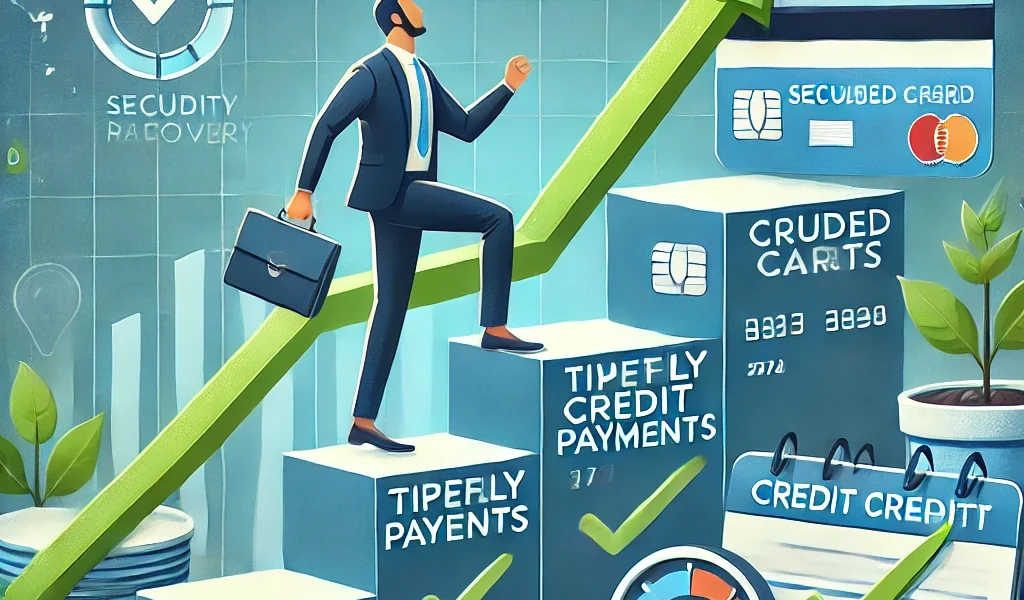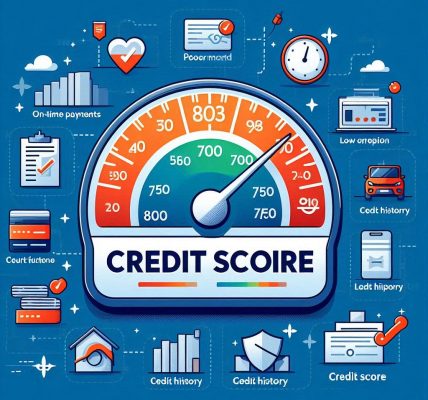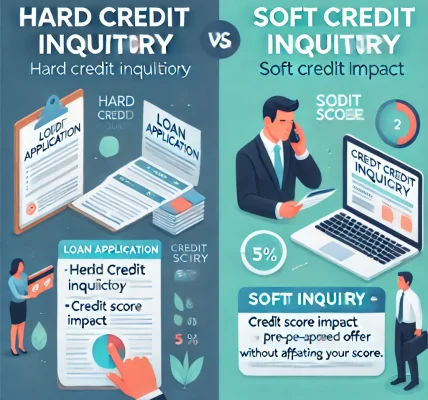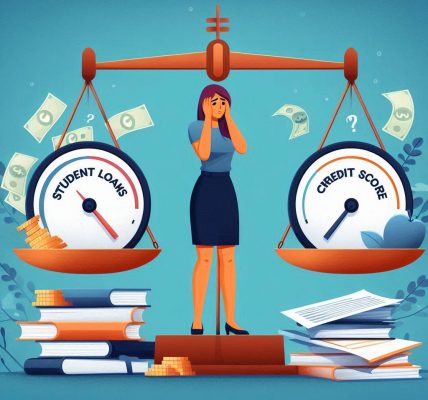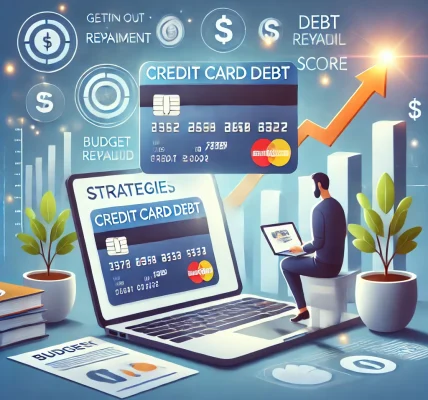Introduction
Filing for bankruptcy or defaulting on a loan can significantly damage your credit score and make it challenging to secure loans, credit cards, or even housing in the future. However, while rebuilding your credit after such financial setbacks may seem daunting, it is entirely possible with the right strategies and persistence. This guide will provide you with a step-by-step plan to rebuild your credit after bankruptcy or default in a responsible and effective manner.
Understanding the Impact of Bankruptcy and Default on Credit
When you declare bankruptcy or default on a loan, it remains on your credit report for several years:
- Chapter 7 Bankruptcy stays on your credit report for up to 10 years.
- Chapter 13 Bankruptcy remains for 7 years.
- Defaults on loans also negatively impact your credit for 7 years.
These events can drastically lower your credit score and make lenders hesitant to extend credit. However, with responsible financial habits, you can begin the journey of rebuilding your creditworthiness.
Step 1: Review Your Credit Report
Before you begin rebuilding, it’s essential to assess the damage by checking your credit report.
- Obtain a free credit report from agencies like Experian, Equifax, and TransUnion.
- Look for errors or inaccuracies and dispute any incorrect information.
- Ensure that discharged debts from bankruptcy are marked as “included in bankruptcy” and show a zero balance.
Step 2: Create a Budget and Financial Plan
A well-structured budget will help you manage your finances better and prevent future debt problems.
- List all sources of income and expenses.
- Prioritize essential payments, such as rent, utilities, and groceries.
- Allocate funds toward emergency savings to avoid relying on credit in emergencies.
- Avoid new debts by living within your means.
Step 3: Open a Secured Credit Card
A secured credit card is one of the fastest ways to rebuild your credit.
- You provide a security deposit, which serves as your credit limit.
- Use it for small purchases and pay the full balance on time each month.
- Over time, responsible use will increase your credit score, making you eligible for traditional credit cards.
Step 4: Become an Authorized User
If you have a trusted friend or family member with a good credit history, ask them to add you as an authorized user on their credit card.
- Their positive payment history will reflect on your credit report.
- Ensure that the primary cardholder maintains good credit habits.
Step 5: Apply for a Credit-Builder Loan
Credit-builder loans are designed specifically to help individuals establish or rebuild credit.
- Offered by credit unions and community banks.
- The lender holds the loan amount in a secured account while you make monthly payments.
- After the loan term ends, you receive the funds and positive payment history is reported to credit bureaus.
Step 6: Pay Bills on Time
Your payment history accounts for 35% of your credit score. Missing payments can significantly harm your rebuilding efforts.
- Set up automatic payments or reminders for bills.
- Always pay at least the minimum amount due.
- Avoid late fees and penalties by making timely payments.
Step 7: Keep Credit Utilization Low
Credit utilization refers to how much of your available credit you are using.
- Aim to keep your credit utilization below 30%.
- For example, if your credit limit is $1,000, try to use only $300 or less.
- Paying off your balance in full every month improves your credit score faster.
Step 8: Avoid High-Risk Financial Products
Certain financial products can be detrimental to your credit-building efforts.
- Avoid payday loans and high-interest installment loans.
- Do not open multiple credit accounts at once.
- Be cautious of scams promising instant credit repair.
Step 9: Monitor Your Credit Progress
Regularly tracking your credit score and report will help you see improvements and catch potential issues.
- Use free services like Credit Karma or Experian to monitor your progress.
- If you notice fraudulent activity, report it immediately to the credit bureaus.
Step 10: Be Patient and Stay Consistent
Rebuilding credit takes time and requires consistent financial responsibility.
- Avoid closing old accounts, as they contribute to your credit history.
- Gradually apply for better credit products as your score improves.
- Focus on long-term financial health rather than quick fixes.
Conclusion
Recovering from bankruptcy or loan default is challenging but not impossible. By following these steps—checking your credit report, creating a budget, using secured credit cards, making timely payments, and keeping credit utilization low—you can steadily rebuild your financial standing. The key is consistency, patience, and responsible financial habits. Over time, you will regain lenders’ trust and open doors to better financial opportunities.
